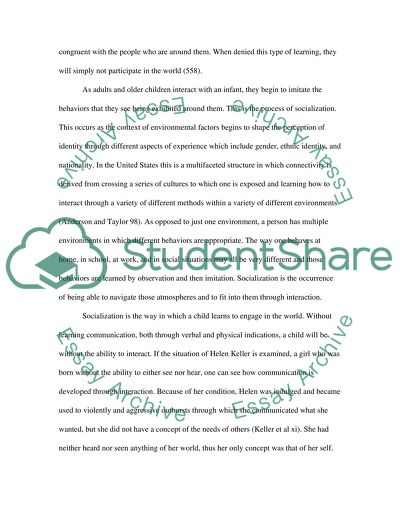Cite this document
(“Sociology Essay Example | Topics and Well Written Essays - 1250 words”, n.d.)
Retrieved from https://studentshare.org/environmental-studies/1406610-sociology
Retrieved from https://studentshare.org/environmental-studies/1406610-sociology
(Sociology Essay Example | Topics and Well Written Essays - 1250 Words)
https://studentshare.org/environmental-studies/1406610-sociology.
https://studentshare.org/environmental-studies/1406610-sociology.
“Sociology Essay Example | Topics and Well Written Essays - 1250 Words”, n.d. https://studentshare.org/environmental-studies/1406610-sociology.


